-
Buses In Art and Storytelling
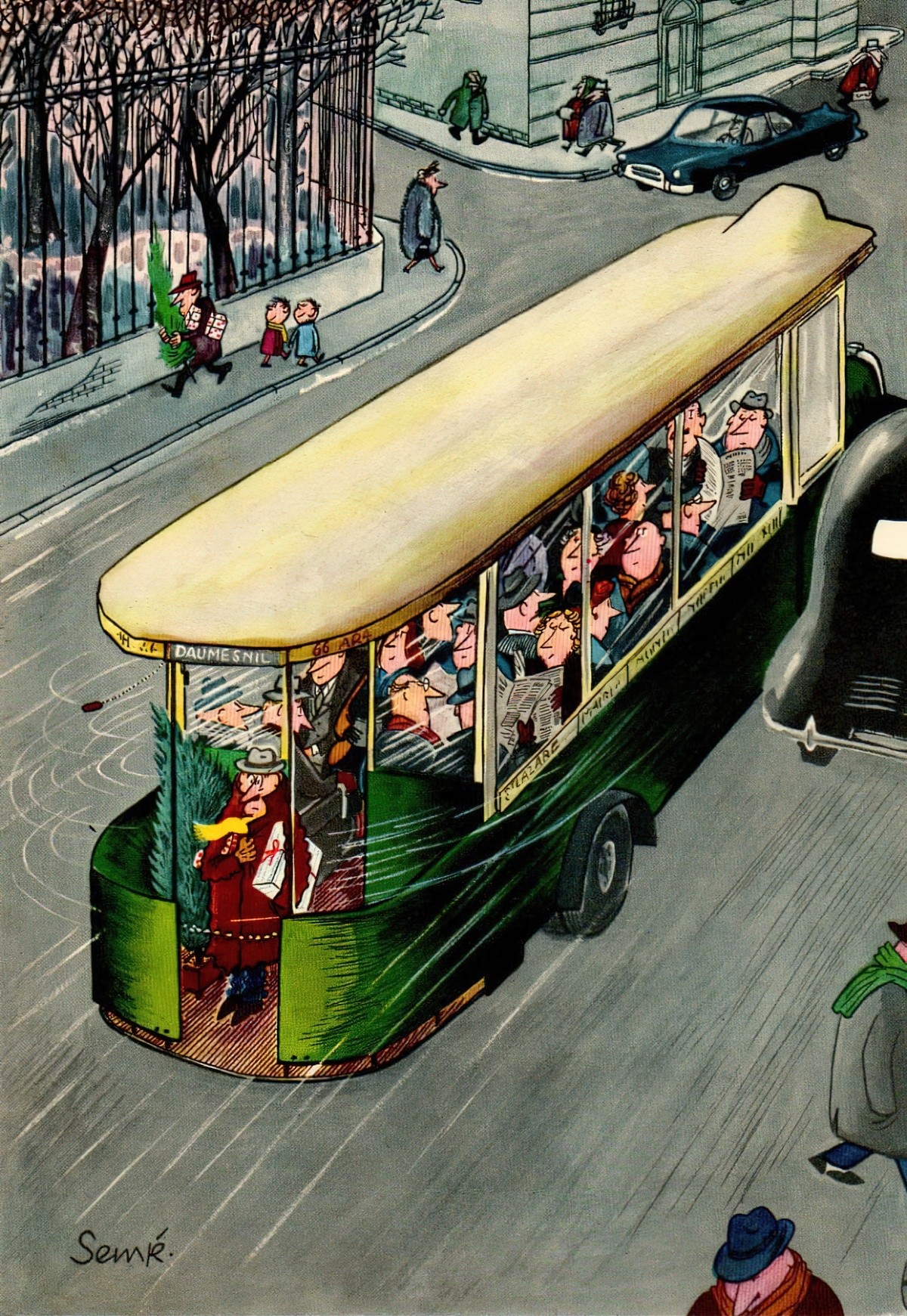
Miss Harper was going home, although the night was wet and nasty. Miss Harper disliked traveling at any time, and she particularly disliked traveling on this dirty small bus, which was her only way of getting home; she had frequently complained to the bus company about their service, because it seemed that no matter where […]
-
Sledding, Sleighs and Sleds in Storytelling and Illustration
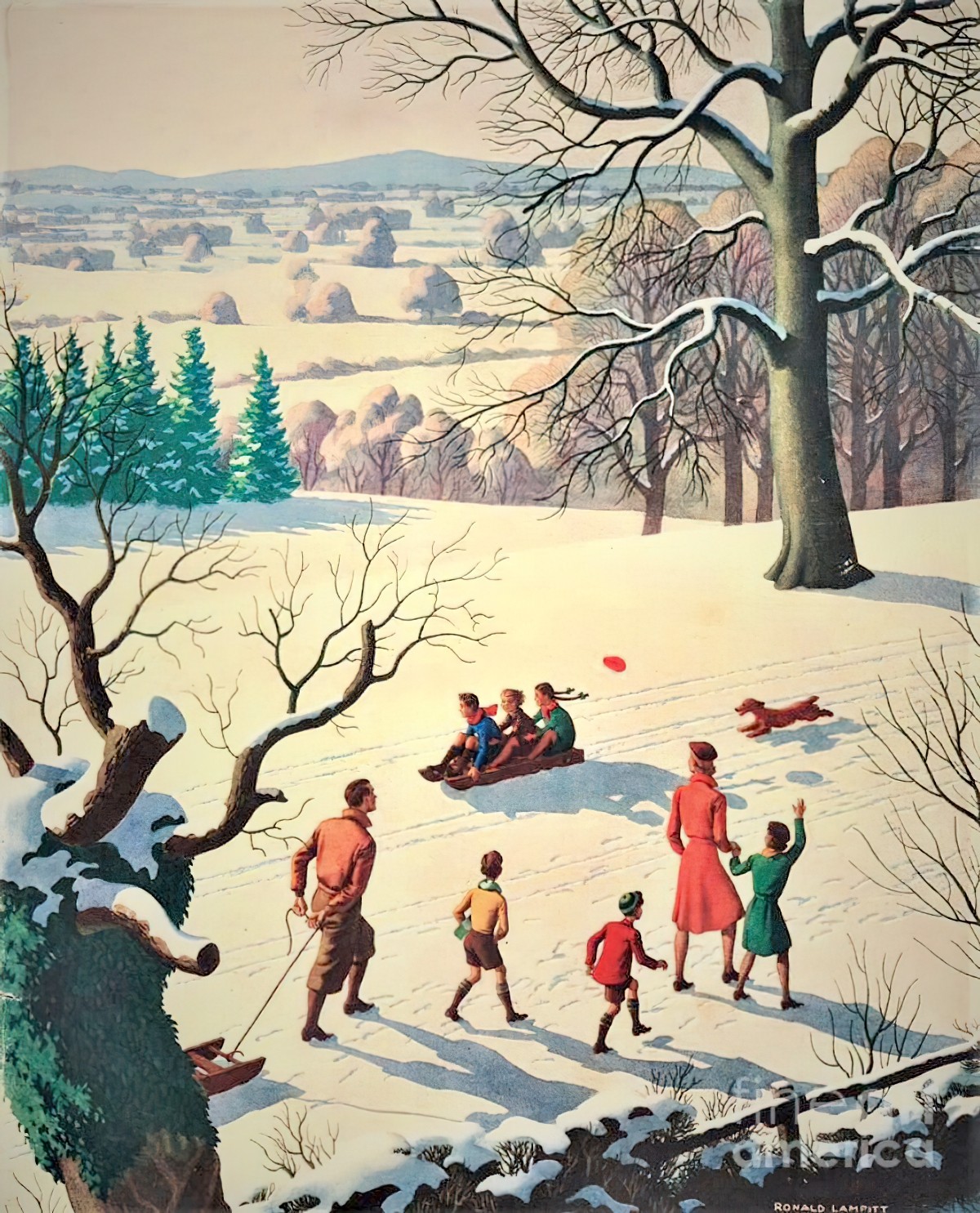
Sleds, sledges, sleighs and toboggans in art and illustration (and what is the actual difference?)
-
Tips For Using Alcohol Markers
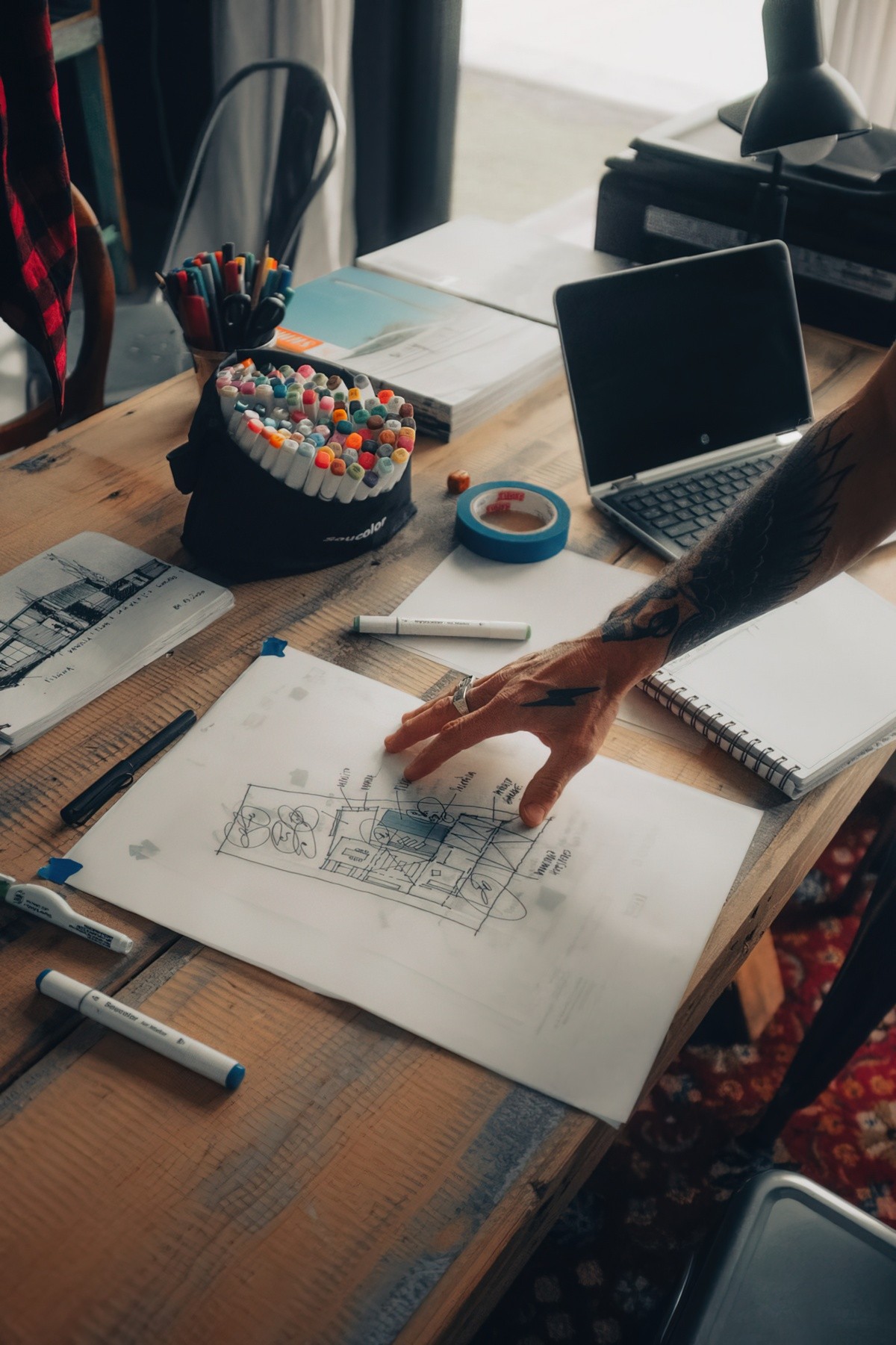
Alcohol markers dry quickly, blend smoothly and are slightly transparent, so are used by professional artists, crafters and hobby sketchers alike. Unlike the water based markers typically used by children, alcohol markers do have a bit of a stink.
-
Utilising The Foreground of Illustrations
One way to add depth to an illustration: Plonk something big and interesting into the foreground. Extend the picture as far back as the situation allows, all the way back to the hills, with detail in the middle distance. Utilise aerial perspective. This illustration of a sleeping cat is a perfect example:
-
Long Shots Of Tall Buildings With Many Windows
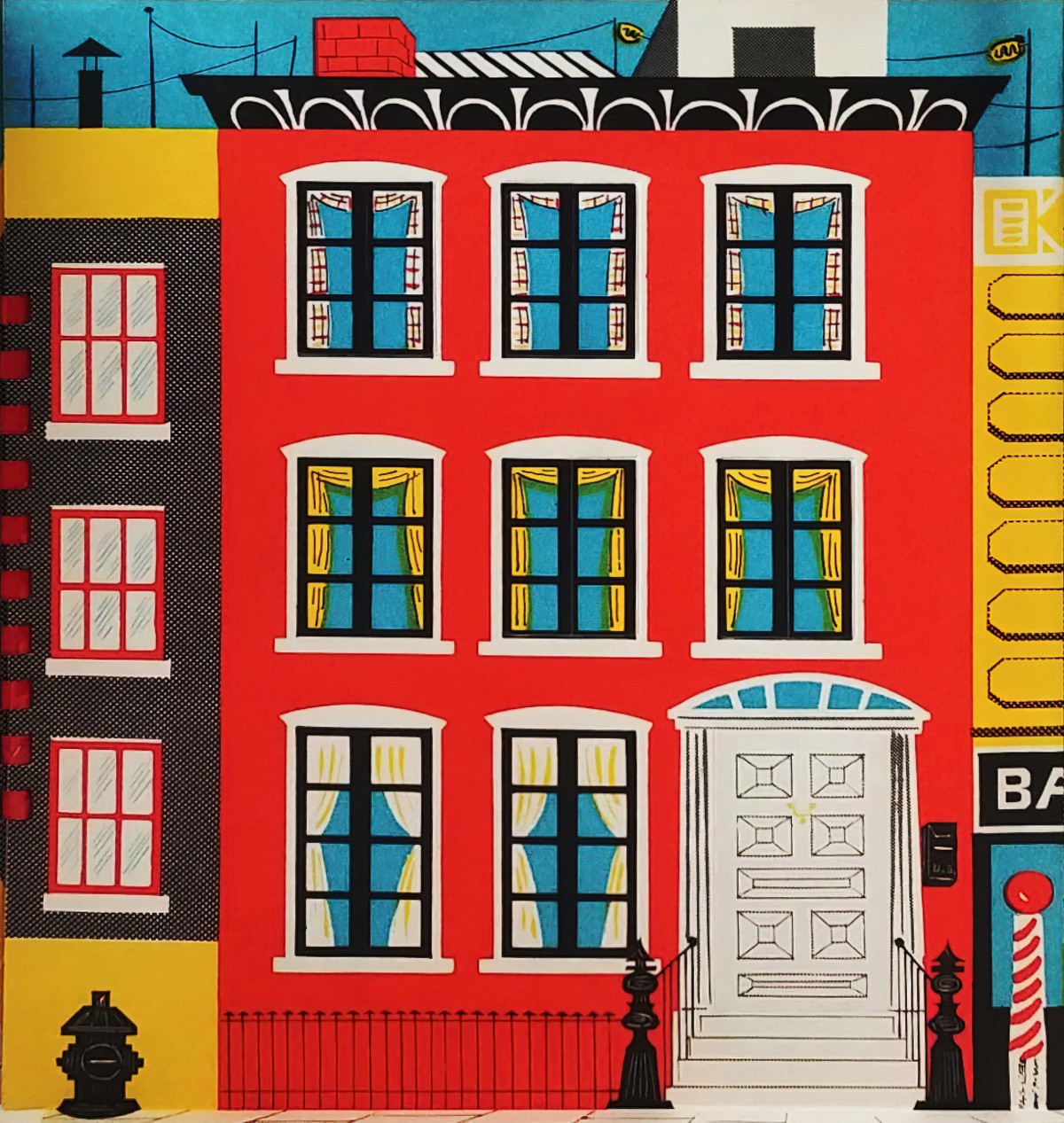
What are the tropes associated with windows, specifically the windows of tall buildings in the distance? They feel multivalent to me — windows can be cosy and sinister: cosy because they remind us that we are surrounded by people, and ominous because, well, they remind us we’re surrounded by people.
-
Bicycles in Illustration
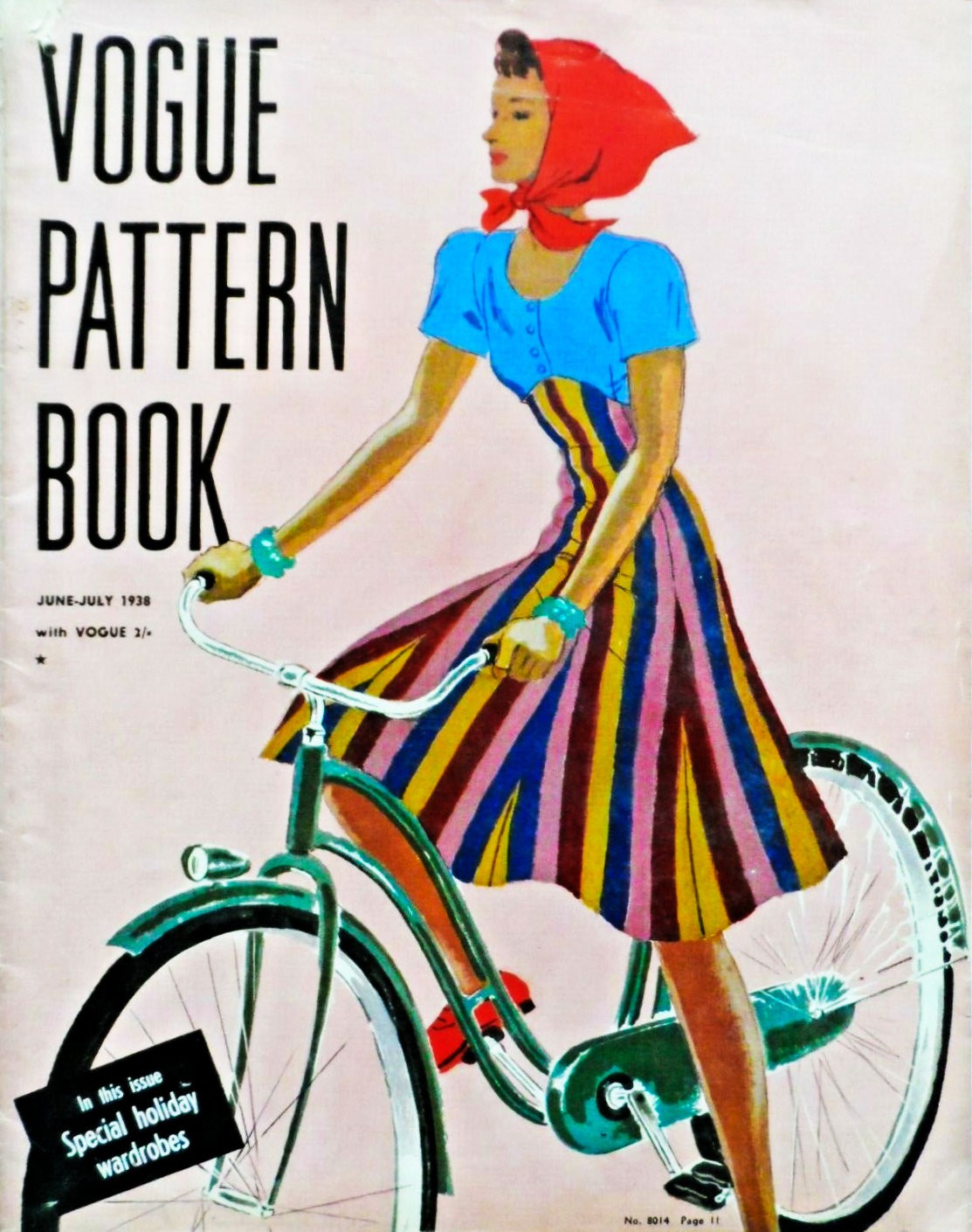
In Year 10 art class, one project set by our teacher was to render a part of a bicycle using black biro. If you’ve ever done an exercise like that, you’ll know how many details comprise a bike.
-
Illustrated Borders In Golden Age Illustration
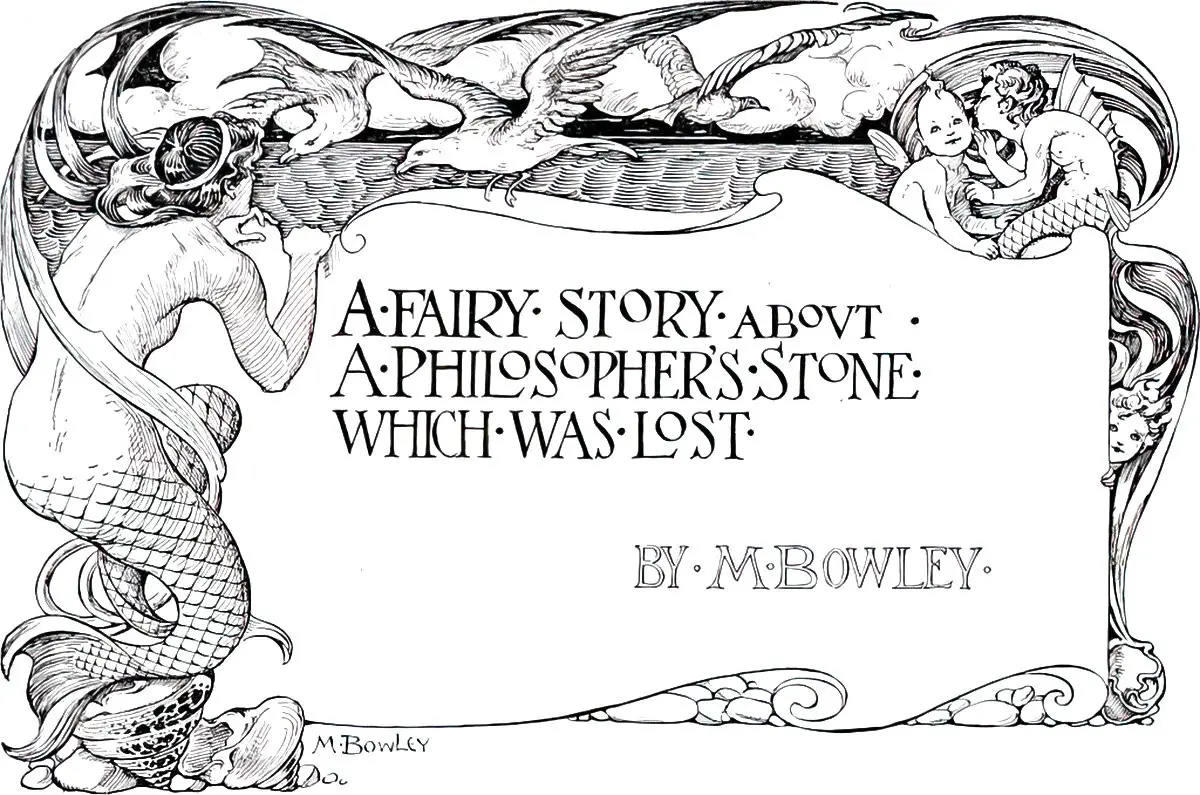
If you’re creating a bordered artwork here you may find inspiration?
-
Skiing in Illustration
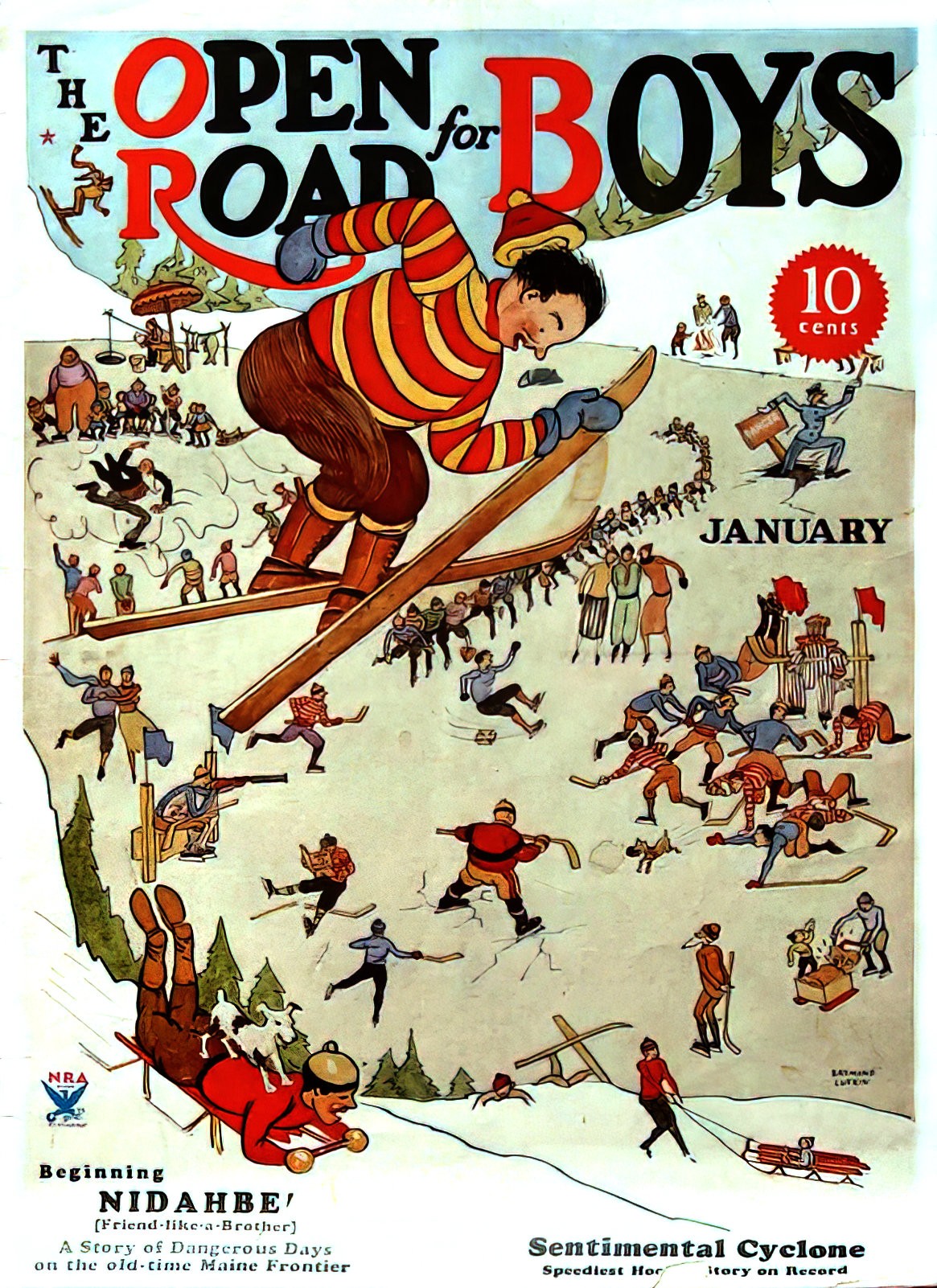
A collection of skiing illustrations. Pair with Illustrating Slopes.
-
Collage Sheet Illustration In Picture Books
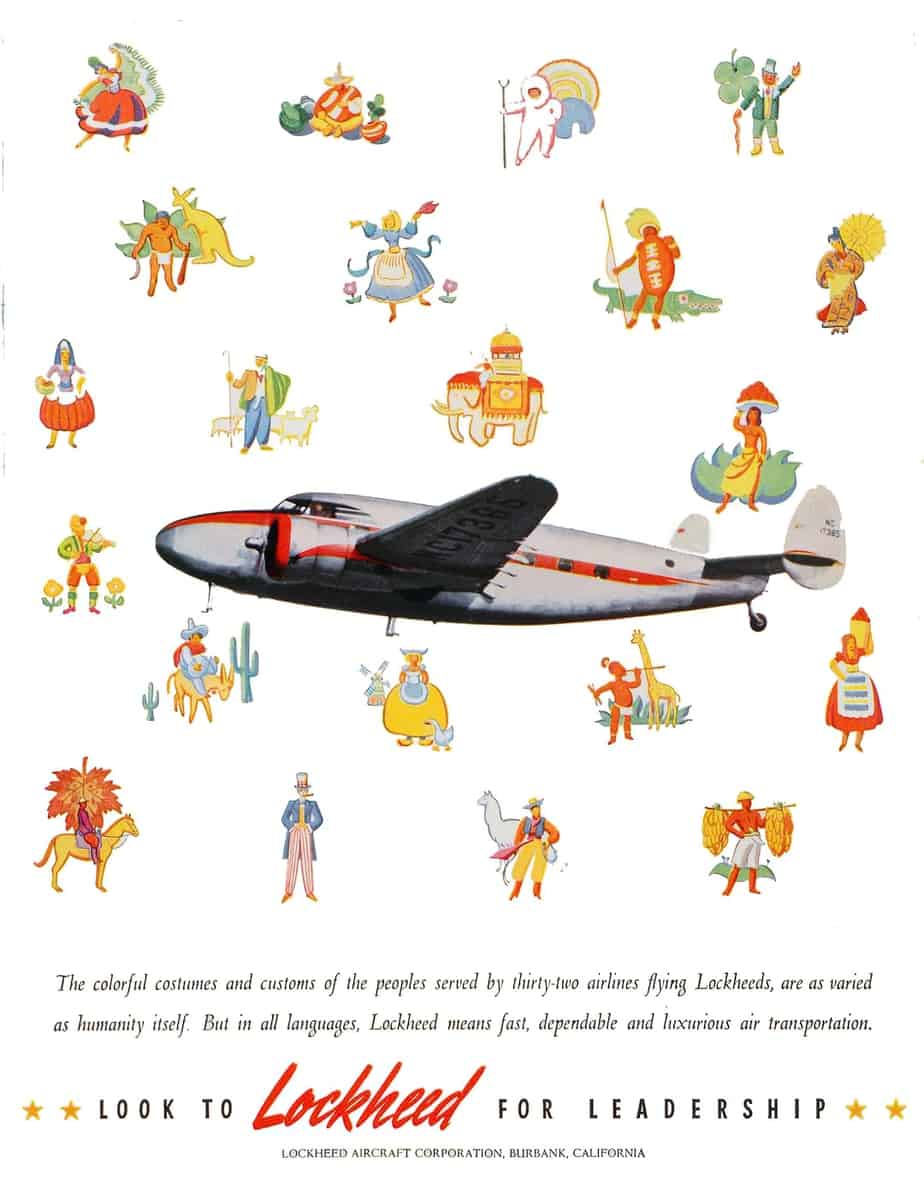
Crafters sometimes talk about ‘collage sheets’ and we can use this term to describe a certain type of picture book illustration. Basically, I’m talking about a piece of art which looks a lot like a sticker sheet, or, if you’re a generation older than modern adhesive, like a sheet of paper dolls, yet to be cut out. Think also of…
-
Retro Cigarette Advertisements
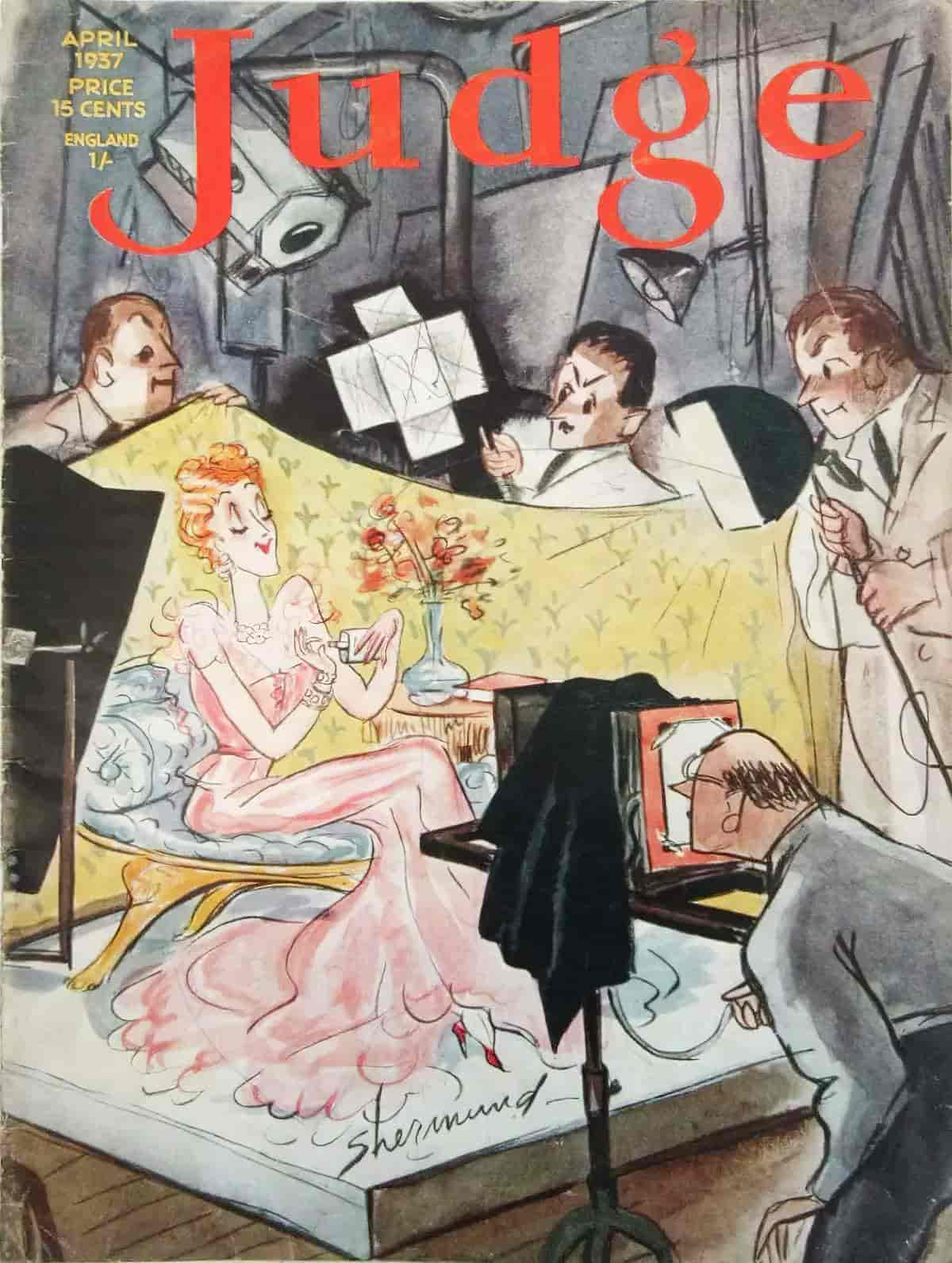
Looking at old cigarette advertisements, it’s hard to believe there were people in the world who didn’t smoke. Tobacco was associated with sex appeal, especially when tobacco companies decided they wanted women to take up smoking in equal numbers. Since cigarettes are shaped like tiny phalluses, these no doubt appealed to men in equal numbers.
-
Symmetry In Art and Storytelling
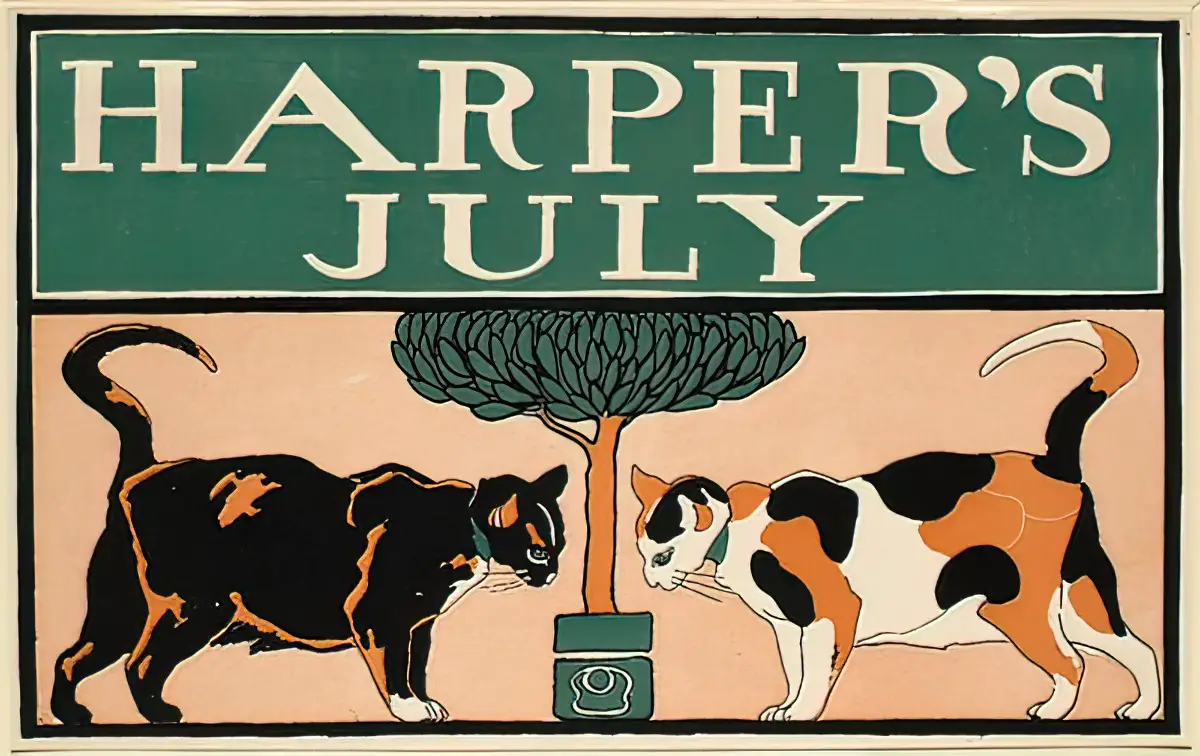
Symmetry is one of those words whose everyday usage is a little different from the scientific meaning. Everyday usage a sense of harmonious and most appealing proportion and balance Scientific meaning In biology, the repetition of the parts in an animal or plant in an orderly fashion. Specifically, symmetry refers to a correspondence of body parts, in […]
-
Red and Blue Palette in Illustration
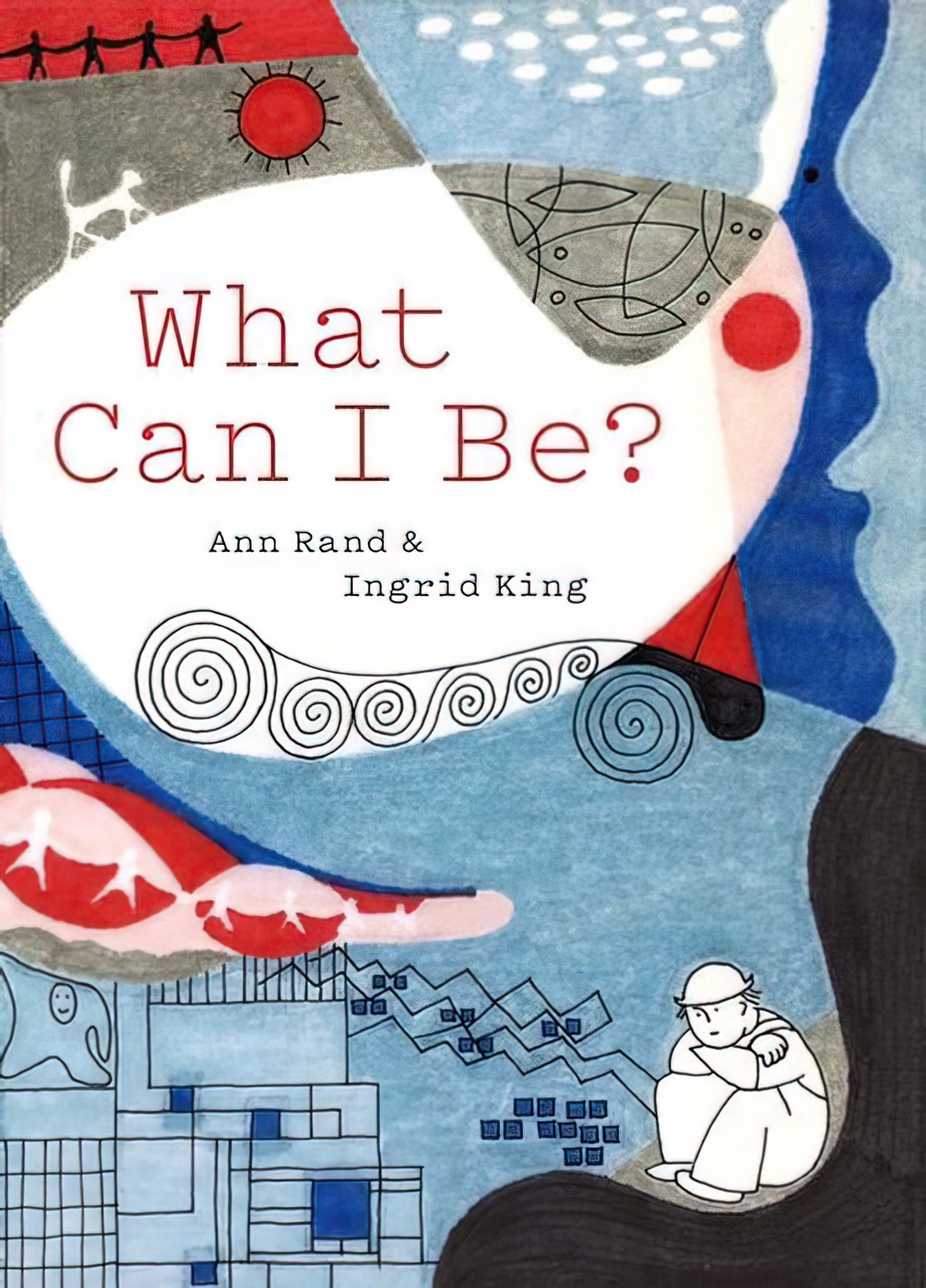
Below are examples of blue and red in art and illustration.
-
Birthday Presents For 13-Year-Olds Who Love To Draw
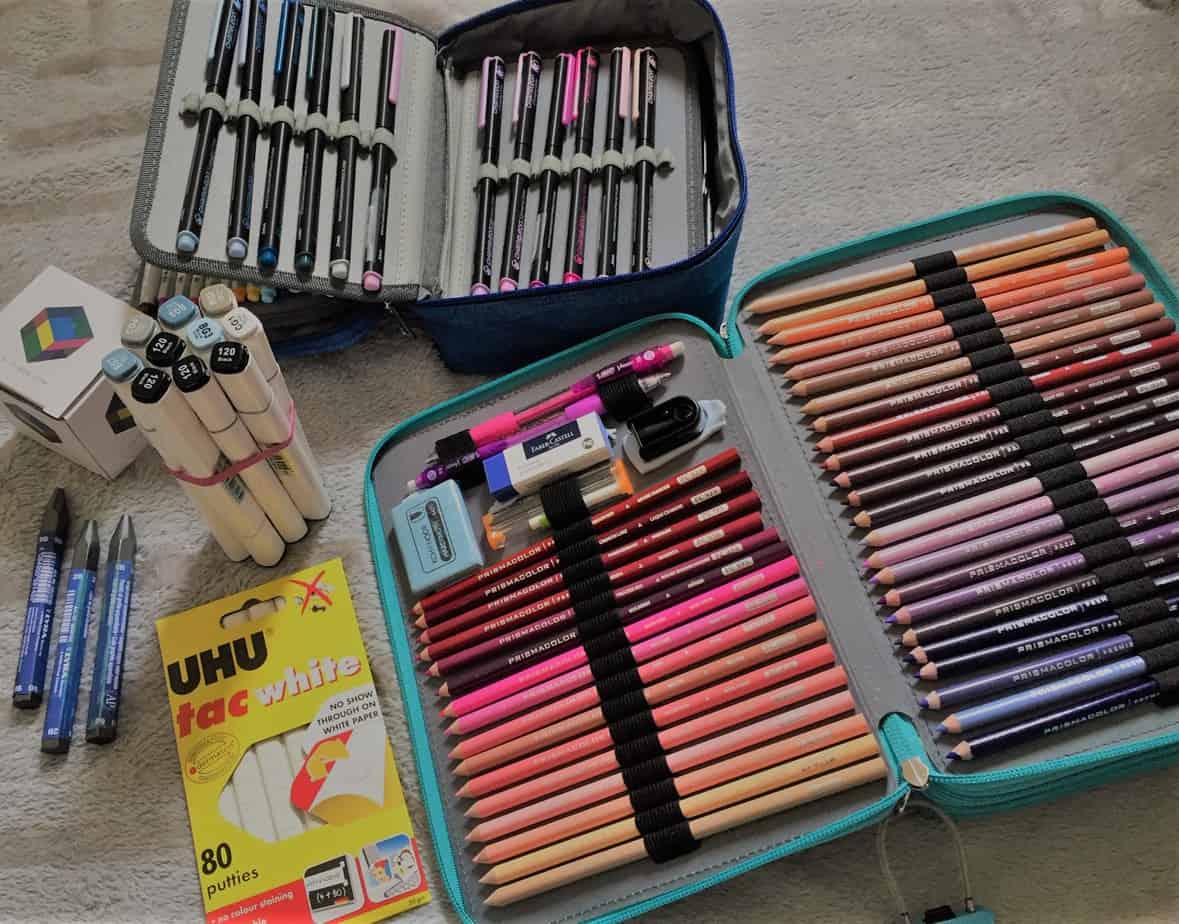
I love art equipment. I love researching art equipment. My kid has expressed appreciation that their parent is an artist. Although I’m mostly digital these days, our kid receives awesome traditional art equipment as gifts. LYRA WATERSOLUBLE GRAPHITE CRAYONS These are big. Sharpen with a craft knife. Good for laying lots of colour down on […]
-
1920s Fashion In Art
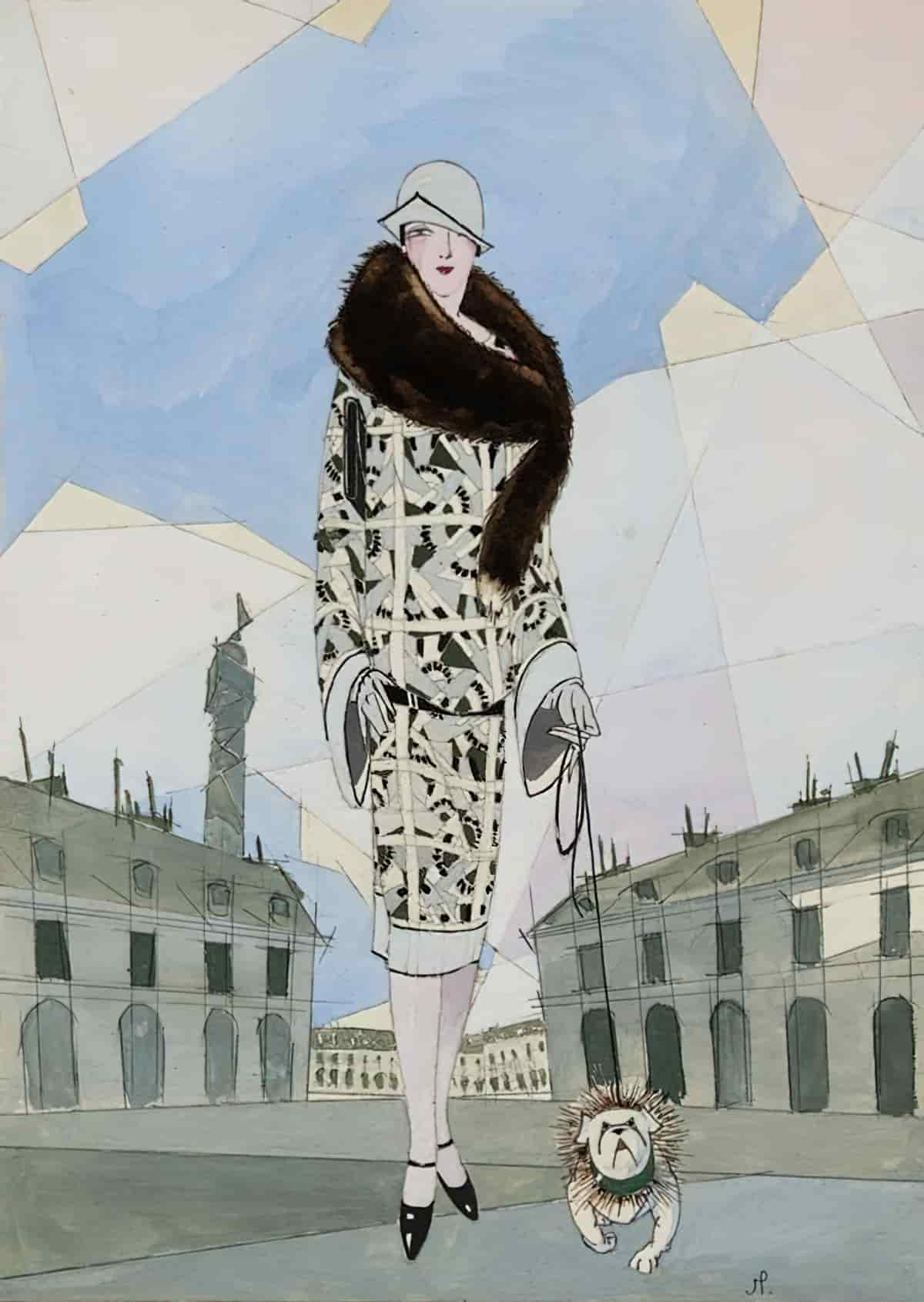
1920s Hair 1920s Hairstyles History- Long Hair to Bobbed Hair A Variety Of Skirt Lengths Young flappers liked short skirts but mid-calf was another popular length, made for tall, skinny bodies. “Exoticism” Fur 1920s Children’s Fashion Clothes in children’s catalogues offer a glimpse into how the wealthy classes were dressing their children. The dresses above […]
-
Eye Lines Guiding The Viewer in Illustration
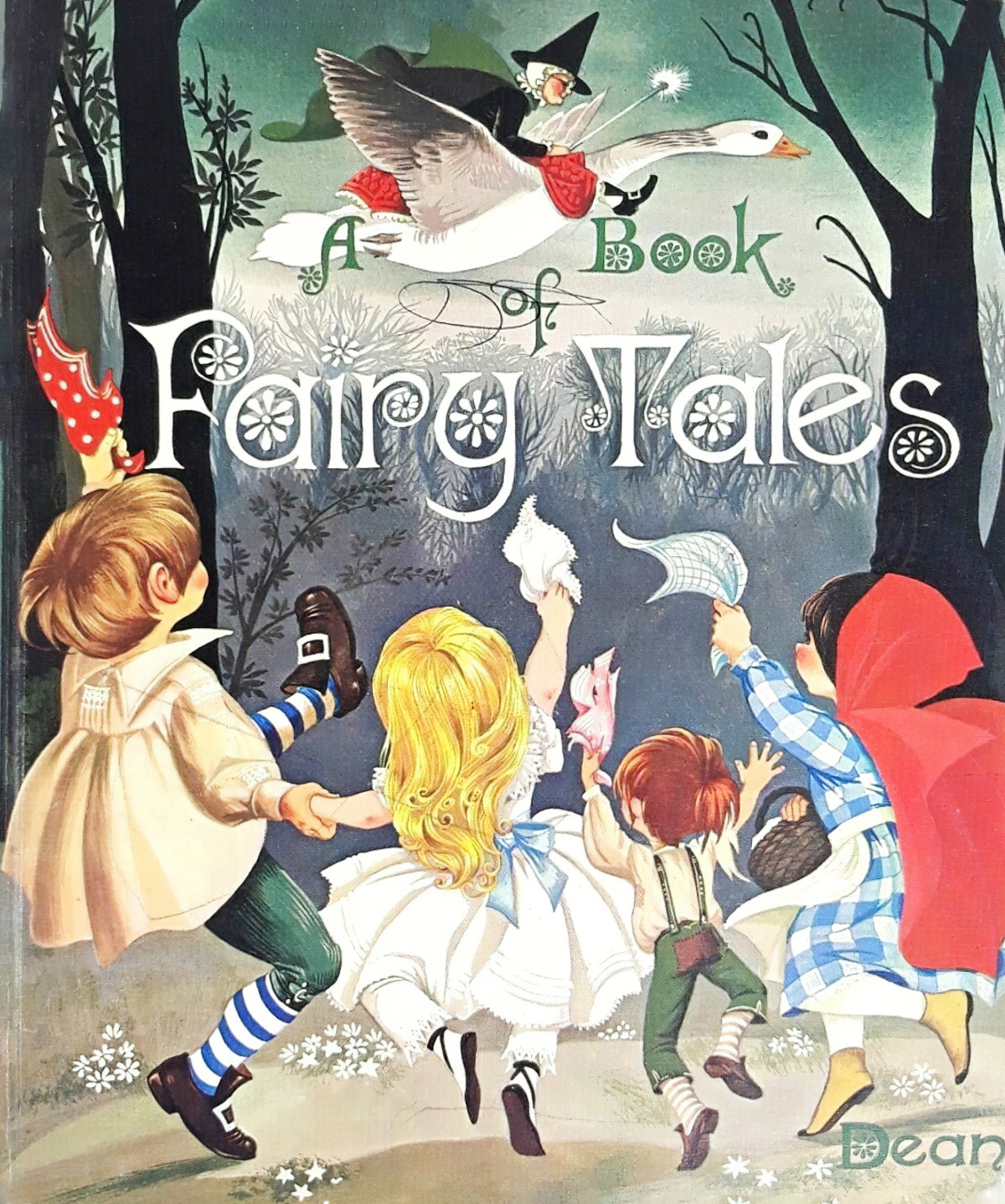
Artists and illustrators use tricks which tell the viewer where to look. Since humans tend to naturally follow the gaze of others, one focusing trick is to create eye lines all pointing to the focus of the work.